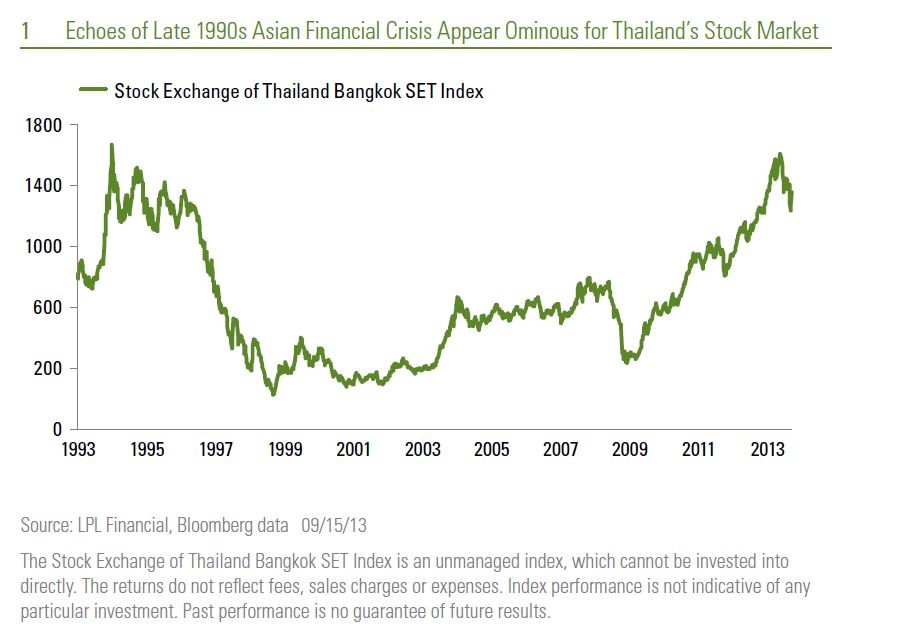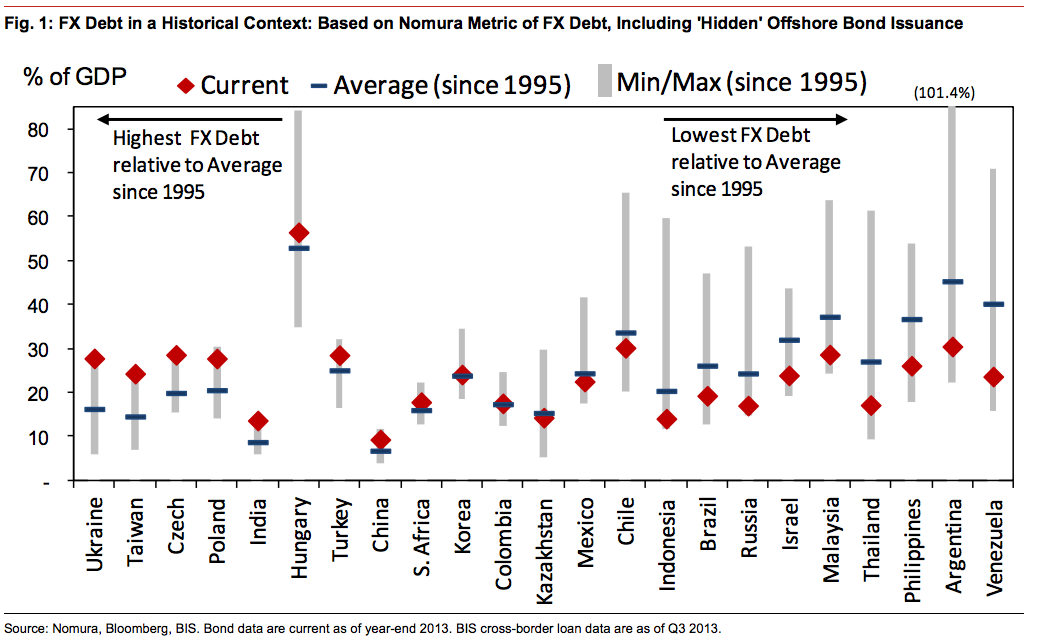Emerging Market Currencies Dissecting May Performance
Post on: 23 Октябрь, 2015 No Comment

Emerging Market Currencies: Dissecting May Performance
by Rick Harper. Head of Fixed Income & Currency on June 13, 2013
• Recall, May 2012 was the worst-performing month for emerging market (EM) currencies in all of 2012.
• Until recently, this had marked the low point in the asset class for the previous year, as markets rallied strongly to end 2012.
• May 2013 was an equally disappointing month for nearly all foreign currencies, albeit for different reasons.
• A perpetually strong U.S. dollar differs from our long-term view of emerging market fundamentals.
For the second year in a row, in May emerging market currencies and debt came under selling pressure and experienced some of their worst performance of the calendar year so far. In May 2012, concerns about the solvency of the eurozone and weaker global growth proved to be a momentary catalyst for the sell-off. In June, markets rebounded strongly through the end of the year, after European Central Bank president Mario Draghi announced he would do “whatever it takes” to preserve the euro. This May, concerns about China, spillover effects of a weaker Japanese yen and a fear of Federal Reserve “tapering ” all resulted in broad-based dollar strength.
However, as we pointed out in May of last year, the U.S. dollar appreciated against virtually every other currency in the world. In May 2013, we believe investors should not confuse a broadly stronger dollar with an anti-EM position. With some positive economic surprises in the U.S. and some concerns in emerging market countries such as South Africa and Turkey, we believe the market has moved too far too fast. Ultimately, we believe this moderation in performance could be a long-term buying opportunity for income-minded investors. Although this time may indeed be different, we believe that allocating a portion of investor portfolios to emerging market currencies and debt could serve as a means of diversifying risk and enhancing yield over the longer term.
Emerging Market Currency Performance, May 2012/2013
As illustrated in the table above, the month of May in the last two years has been particularly weak for EM currencies against the U.S. dollar. On average, EM currencies fell by 3.56% during this most recent period. Similarly, developed market currencies 1 also depreciated 3.41% against the dollar in May 2013. 2 Back in May 2012, both EM and DM currencies depreciated (4.74% and 5.48%, respectively) but then rallied strongly through the end of the year. While the economic catalysts for these sell-offs may differ, we believe they tell a very similar performance story in which investors were ultimately compensated for taking currency risk after a sell-off.
In our view, emerging market currencies have moved quite far very fast. While some headwinds have emerged in the past month, does the market’s reaction accurately discount the future of EM fundamentals? While the potential remains for additional currency weakness in the short term, we do not currently view recent developments as altering the long-term fundamental story of EM assets.

For investors who sold in June 2012, they missed a rally that saw 11 out of 18 EM currencies appreciate strongly by year-end. While the dollar could continue to appreciate in the short run, we do not see another parabolic move higher over several days. While the market may need to find a catalyst to reverse the trend, we believe in the long run EM currencies can appreciate should the respective economies continue to expand at faster rates than the U.S.
1 As measured by G10 currencies against the U.S. dollar: euro, Norwegian krone, Swedish krona, British pound, Swiss franc, Canadian dollar, Japanese yen, New Zealand dollar and Australian dollar.
2 Source: Bloomberg.
Important Risks Related to this Article
There are risks associated with investing, including possible loss of principal. Foreign investing involves special risks, such as risk of loss from currency fluctuation or political or economic uncertainty. The Funds focus their investments in specific regions or countries, thereby increasing the impact of events and developments associated with the region or country, which can adversely affect performance. Investments in emerging, offshore or frontier markets are generally less liquid and less efficient than developed markets and are subject to additional risks, such as risks of adverse governmental regulation and intervention or political developments.
Investments in currency involve additional special risks, such as credit risk, interest rate fluctuations, derivative investment risk which can be volatile and may be less liquid than other securities and more sensitive to the effect of varied economic conditions.














